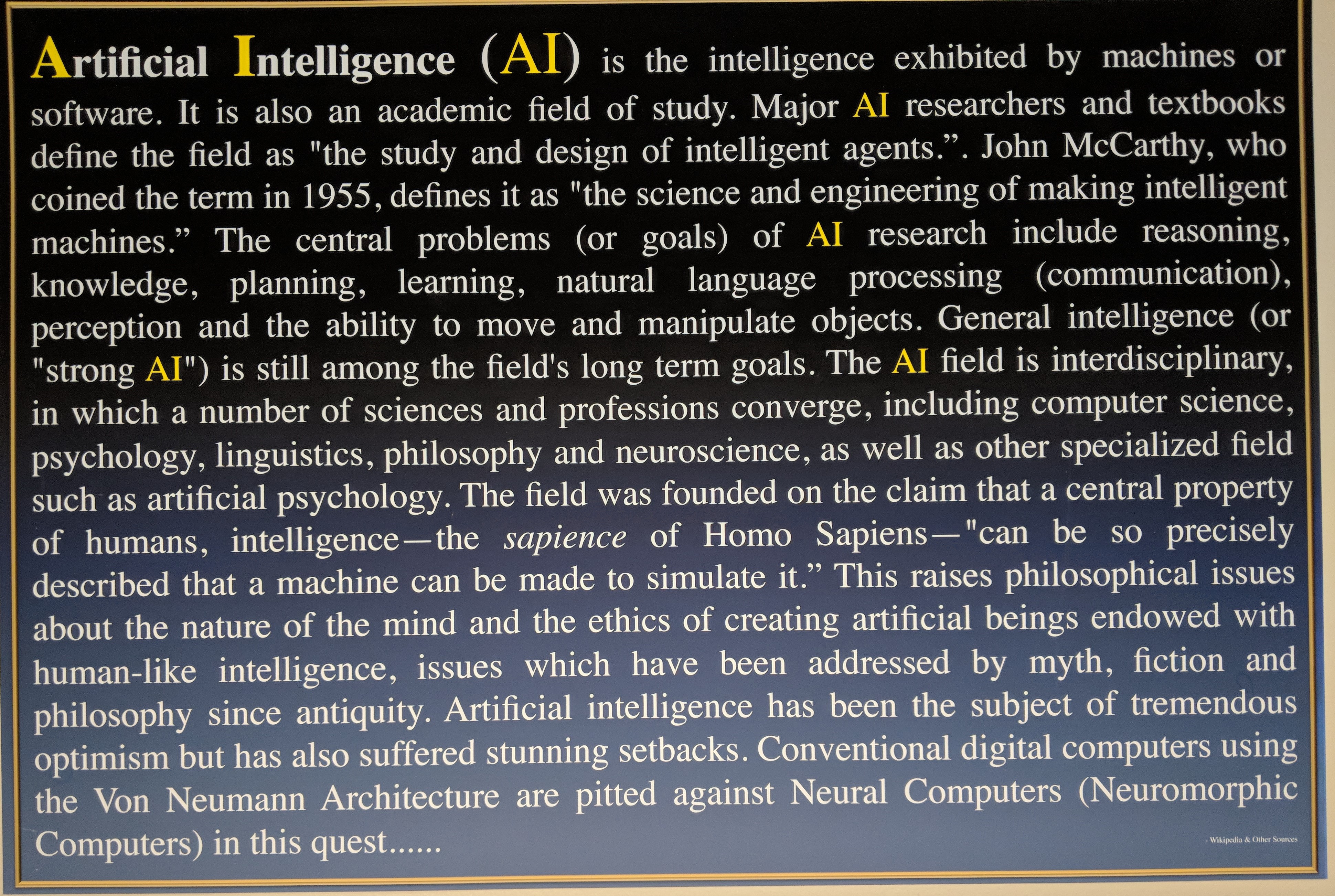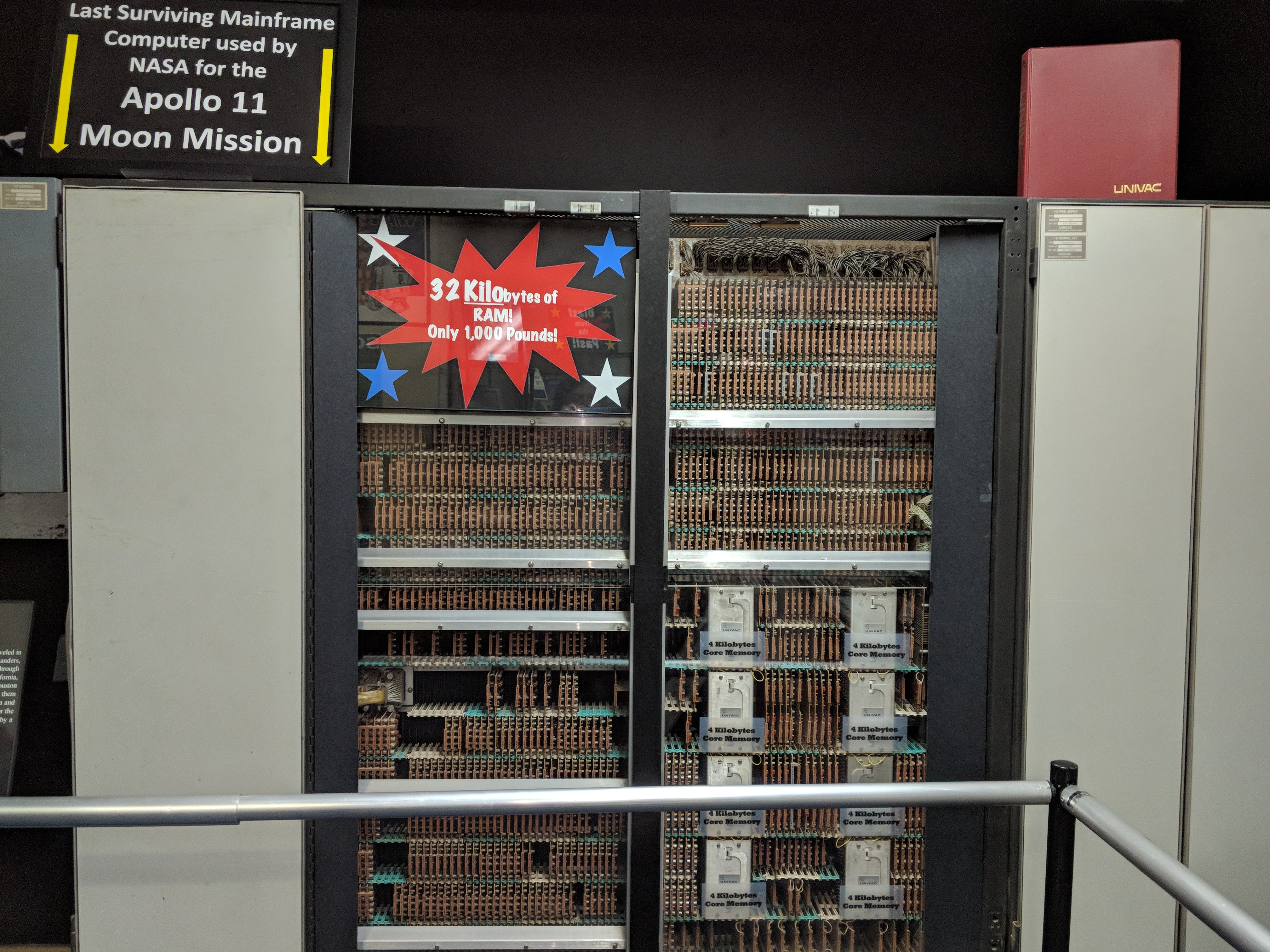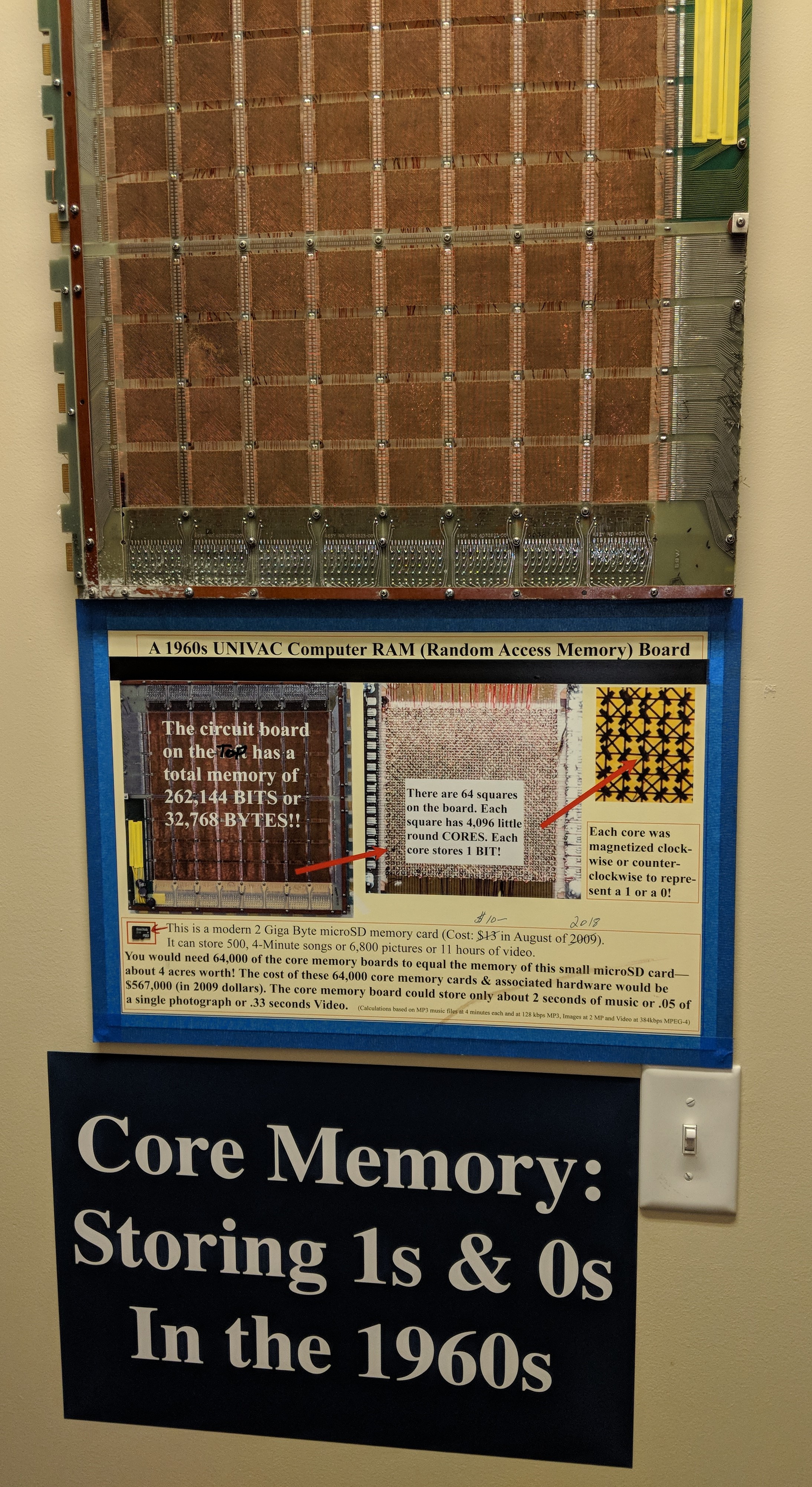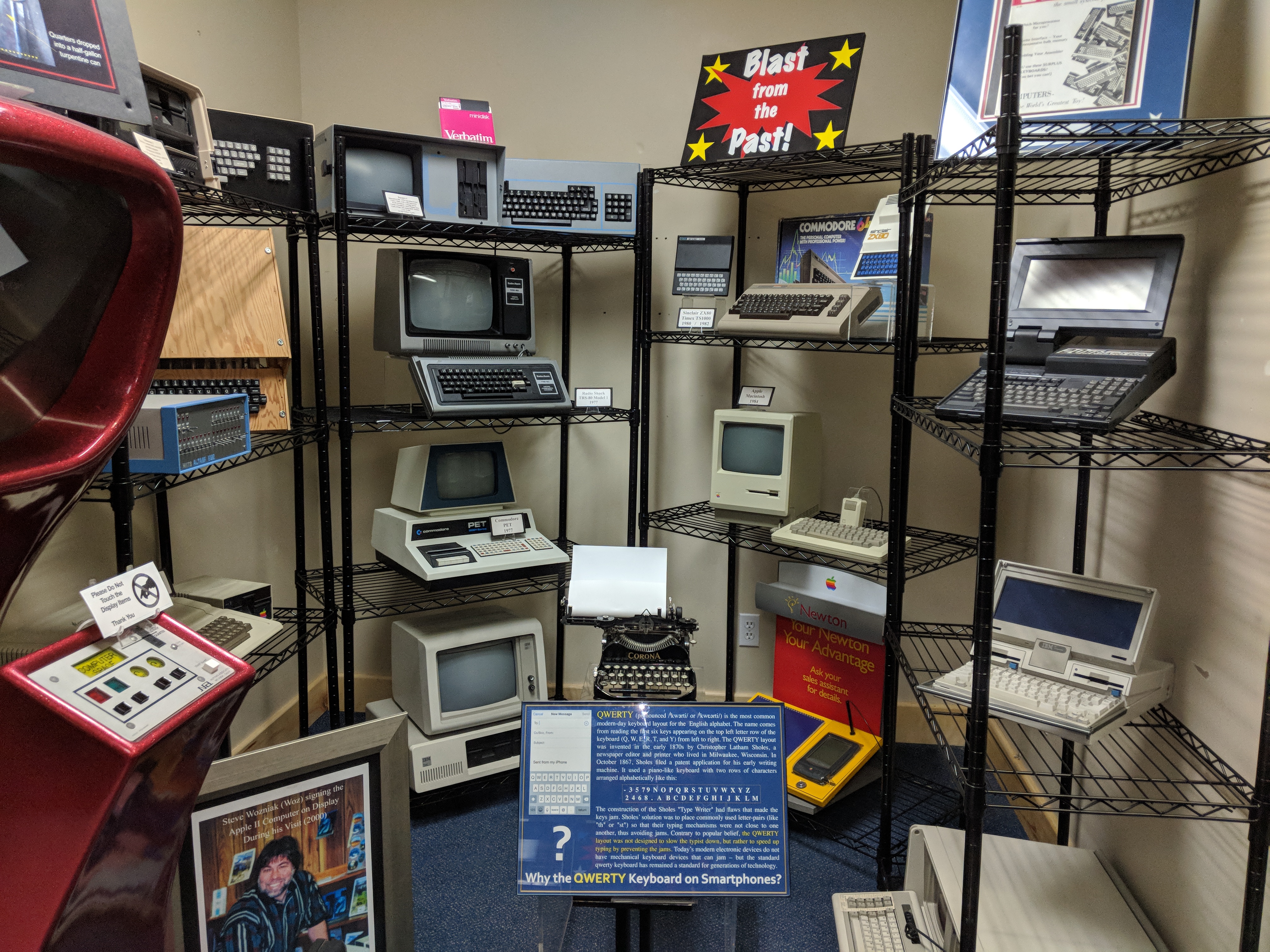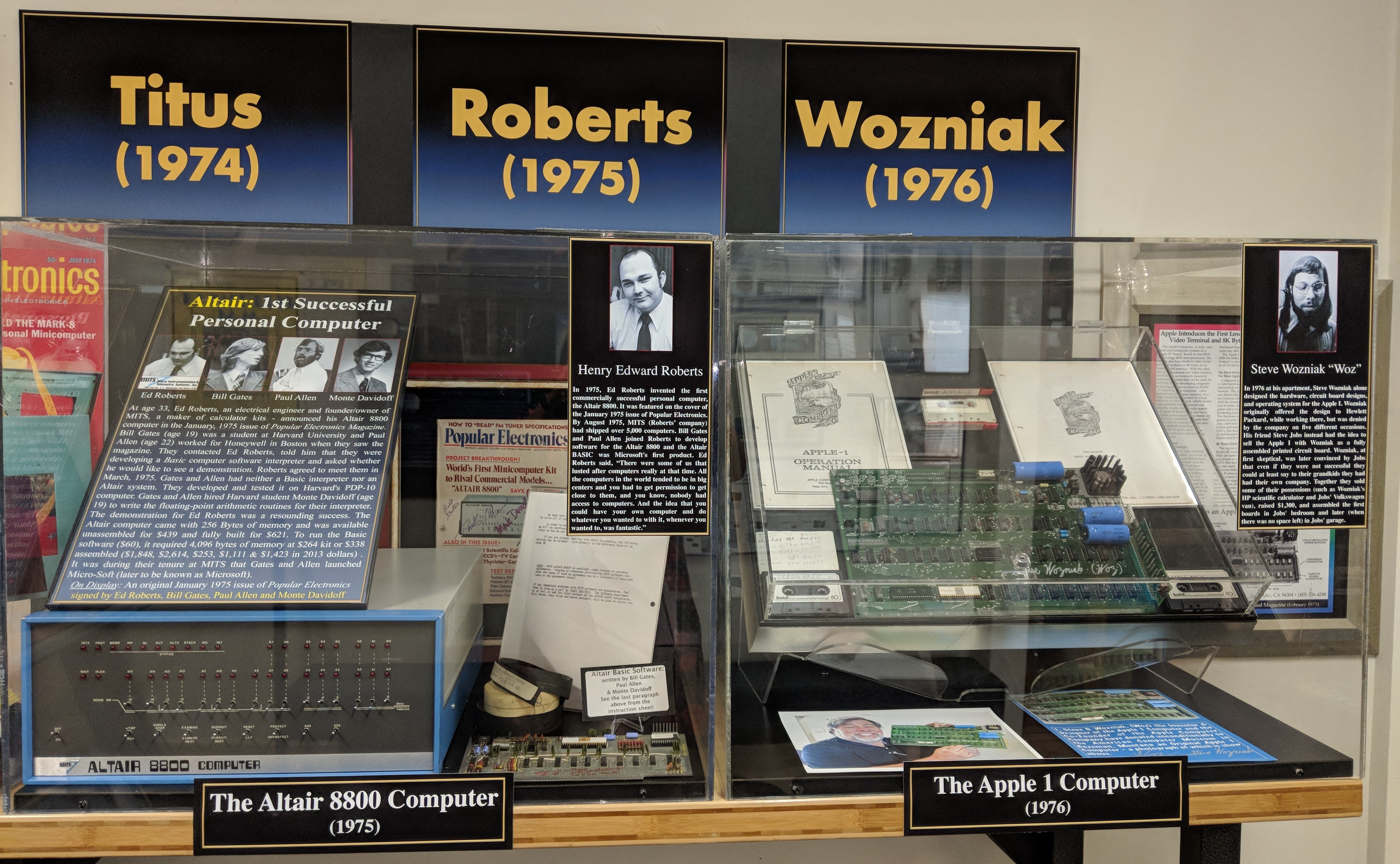Discovering Computing history on a detour from Yellowstone National Park
History of computing is longer than the history of computing hardware and includes the history of methods intended for pen and paper or for chalk and slate, with or without the aid of tables.
The American Computer & Robotics Museum (ACRM)in Bozeman, Montana features fascinating exhibits ranging from cuneiform tablets to the first personal computers and mainframes. In today’s cloud-driven world, it’s captivating to see these tangible computing machines and try grasp the rapid pace of amazing innovation.
Exhibits from over 50-60 years ago the road that computing technology has travelled to reach current topics like Artificial Intelligence, Quantum Computing, Cracking the Enigma Code, and others.
Definition of Artificial Intelligence & Strong (General) Intelligence (current state GenAI - subset of AI)
1950s: John McCarthy is one of the founders of the discipline of artificial intelligence. He co-authored the document that coined the term “artificial intelligence” (AI), developed the programming language family Lisp, significantly influenced the design of the language ALGOL, popularized time-sharing, and invented garbage collection.
Mainframe used by NASA for Apollo 11 Moon Mission
1960’s: Apollo 11 was the American spaceflight that first landed humans on the Moon. Powering the Univac mainframe was 32 kilobytes of RAM weighed 1000 pounds then (smartphones now weighs <0.5 pound, and > 5 GB of RAM)
Storing 1s and 0s then
Personal Computers
1970’s: The history of the personal computer as a mass-market consumer electronic device began with the microcomputer revolution of the 1970s.
The Altair 8800 used the newly released Intel 8080 CPU and had 256 bytes of RAM. During the same year as Altair’s release, Bill Gates and Paul Allen, founded Microsoft and released a BASIC compiler for the Altair 8800, giving it its first programming language.
